The Toy Bank is redefining the educational landscape for underprivileged children in India by focusing on more than just the distribution of toys. In an insightful interview with Vidyun Goel, Founder & Director of The Toy Bank, we explore how the organisation, through strategic initiatives like Safe Playrooms and toy libraries, is creating inclusive, stimulating environments that promote cognitive, social, and emotional development. The Toy Bank meticulously selects and upcycles toys that align with each child’s developmental stage, ensuring they contribute to critical skills like numeracy, language proficiency, and life skills. With a commitment to sustainability and a vision for long-term impact, The Toy Bank not only addresses immediate educational needs but also fosters a culture of environmental consciousness and holistic growth. Through partnerships, innovation, and a deep understanding of local communities, the organisation is making significant strides in shaping the future of education and play for children across India.
Scroll down to read the full interview:
Q. The Toy Bank's impact goes beyond just toys. Can you elaborate on the strategies used to create "Safe Playrooms" and the positive outcomes observed regarding the students' learning environment and well-being?
A. The Toy Bank's "Safe Playrooms" are designed to provide a secure and stimulating environment for children in government schools. These rooms are transformed with vibrant decor and equipped with a wide range of educational toys and games that cater to different developmental areas, including cognitive, motor, and social skills. Playing-based learning has significantly improved children's academic performance and social skills. For instance, there has been a notable increase in the ability of children to write their names and use basic arithmetic in daily life. Moreover, the playrooms have also taught children essential life skills, such as handling emergencies and being environmentally responsible.
Q. Beyond basic functionality, how does The Toy Bank assess the educational value of the upcycled toys it distributes? Are there specific criteria for selecting toys that promote cognitive or social development?
A. The Toy Bank conducts annual impact assessments to evaluate the effectiveness of its initiatives in enhancing children's skills. These assessments focus on improvements in language proficiency, numeracy, life skills, cognitive and motor skills, and emotional well-being. Additionally, The Toy Bank's team continuously explores new toys and educational strategies, testing them in playrooms to measure their impact. Each toy has a specific development purpose, ensuring it aligns with the child's developmental stage and intellectual abilities. For example, toy libraries for young children include sensory toys like rattles and texture-based items. In contrast, those for older children feature building blocks and board games to enhance numeracy and language skills.
Q. With such a vast geographical reach, how does the trust ensure the equitable distribution of toys across different states and demographics in India? Does the organisation face logistical challenges, and if so, how are they addressed?
A. To ensure equitable distribution, The Toy Bank conducts thorough needs assessments before distributing toys and tailoring kits to the specific developmental needs of children in different regions. The organisation has established partnerships with Indian Railways and other logistical partners, which are crucial for transporting toys nationwide. While logistical challenges, such as misrouted shipments, do arise, The Toy Bank relies on the dedicated support of volunteers and railway staff to resolve these issues efficiently. Regular follow-ups and assessments help adjust strategies and ensure toys reach their destinations.
Q. Toy libraries provide a unique access point for children. Can you discuss the model behind these libraries, including how they are managed, sustained, and integrated into local communities?
A. The Toy Bank's toy libraries and playrooms are managed through a structured system involving field officers and regular staff training. Field officers visit centres frequently to engage with local staff, providing induction training and ongoing support through workshops and observation sessions. This system ensures that toys are used effectively to benefit children's development. Additionally, baseline and end-line surveys with staff and parents help assess the program's strengths and areas for improvement. Integrating these libraries into local communities is facilitated by collaborating with Anganwadi centres and schools, ensuring that the libraries are a valuable resource for both children and educators.
Q. The Toy Bank's environmental impact is impressive. Are there plans to collaborate with other organisations or institutions to further develop sustainable toy upcycling practices across India?
A. The Toy Bank is committed to sustainability and plans to expand its toy upcycling efforts. They aim to collaborate with other organisations and institutions to learn and implement new upcycling techniques, enhancing their environmental impact. By refurbishing old toys, The Toy Bank prevents them from ending up in landfills, promoting a culture of recycling and sustainability. These collaborations are seen as a way to scale up their operations and incorporate more environmentally friendly practices into their work.
Q. Integrating play-based learning models into school curriculums seems like a significant undertaking. Can you elaborate on the specific challenges and potential benefits the trust anticipates in this endeavour?
A. Integrating play-based learning into school curriculums offers numerous benefits, such as making complex topics more accessible and engaging for students. The Toy Bank's curriculum aligns with the National Education Policy 2020, promoting experiential learning through play. Initially, convincing government school teachers to adopt this approach was challenging, as it differed from traditional teaching methods. However, as teachers observed positive results, such as improved student engagement and understanding, their support for play-based learning grew. This approach enhances academic learning and fosters students' creativity, critical thinking, and problem-solving skills.
Q. Beyond basic academic skills, how does The Toy Bank's approach aim to nurture emotional development in children? Are there specific types of upcycled toys or play activities used to achieve this goal?
A. The Toy Bank prioritises creating a nurturing environment in its toy libraries and safe playrooms, which supports the emotional development of all children, regardless of gender. The spaces are designed to be inclusive, offering a variety of toys and activities that encourage self-expression, confidence, and emotional well-being. By avoiding gender-specific toys and promoting a range of play options, these environments help children explore their interests freely and learn to navigate emotions. Teachers trained by The Toy Bank facilitate these activities, ensuring each child feels supported and respected, fostering a sense of belonging and inclusivity.
Q. While fundraising is a universal challenge for NGOs, what unique fundraising strategies has the trust employed to sustain its growth and reach? How can potential donors get involved in supporting the cause?
A. The Toy Bank employs various strategies to sustain its operations and expand its reach. They focus on building strong relationships with partners and donors, showcasing their impact through regular updates and transparent reporting. This approach helps in securing funding and support from various stakeholders. Potential donors can get involved by contributing financially, volunteering, or partnering with The Toy Bank to support specific projects or initiatives. The organisation also engages in fundraising events and campaigns to raise awareness and generate resources.
Q. The Toy Bank's vision extends beyond immediate needs. Can you describe some long-term goals the organisation has for promoting a culture of sustainable play and environmental consciousness in India?
A. The Toy Bank's long-term goals include enhancing the availability of toys and educational materials for children across India, focusing on promoting sustainable play. The Toy Bank has outlined an ambitious five-year plan to expand its impact significantly. They aim to establish safe play areas in 100 government schools across Delhi and create toy libraries in 1,000 Anganwadi centres nationwide. This initiative enhances learning through play, ensuring that children from diverse backgrounds can access educational and developmental resources. The plan reflects the organisation's commitment to promoting a culture of sustainable play and fostering a supportive environment for children's holistic growth and development. These initiatives aim to foster a culture of learning through play while also raising awareness about environmental sustainability. The Toy Bank hopes to inspire a new generation of environmentally conscious citizens by integrating sustainable practices into their operations.
Q. Many well-meaning initiatives face unforeseen obstacles. Can you share a specific challenge the trust has encountered and how it was overcome? What lessons were learned from this experience?
A. One significant challenge The Toy Bank faced was during the COVID-19 lockdown when schools and Anganwadi centres were closed, halting their regular activities. To continue supporting children's education during the pandemic, The Toy Bank launched the "Reach and Teach" initiative. This program invited parents to collect a holistic kit for their children, including toys, books, and learning materials such as puzzles, art supplies, and educational games. These kits were designed to provide a comprehensive learning experience at home, ensuring that children's academic and developmental needs were met even when they couldn't access physical playrooms or libraries. To continue providing educational support during the pandemic, The Toy Bank adapted using digital platforms like WhatsApp to share daily activity-based worksheets. These worksheets were designed to engage children in academic activities at home, complementing the holistic kits distributed through the "Reach and Teach" initiative. This approach ensured that children could continue their learning and development, even when physical access to safe playrooms and toy libraries was impossible. This experience highlighted the importance of adaptability and community involvement in overcoming challenges. The success of these initiatives underscored the value of flexibility and innovation in ensuring continuity in education and support for children.



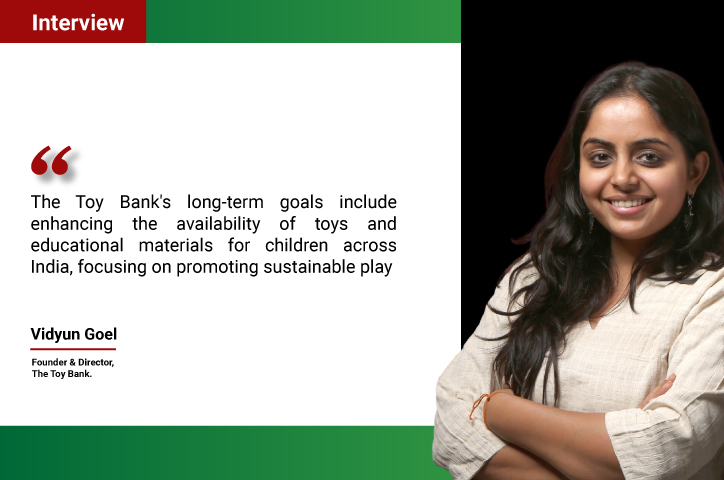
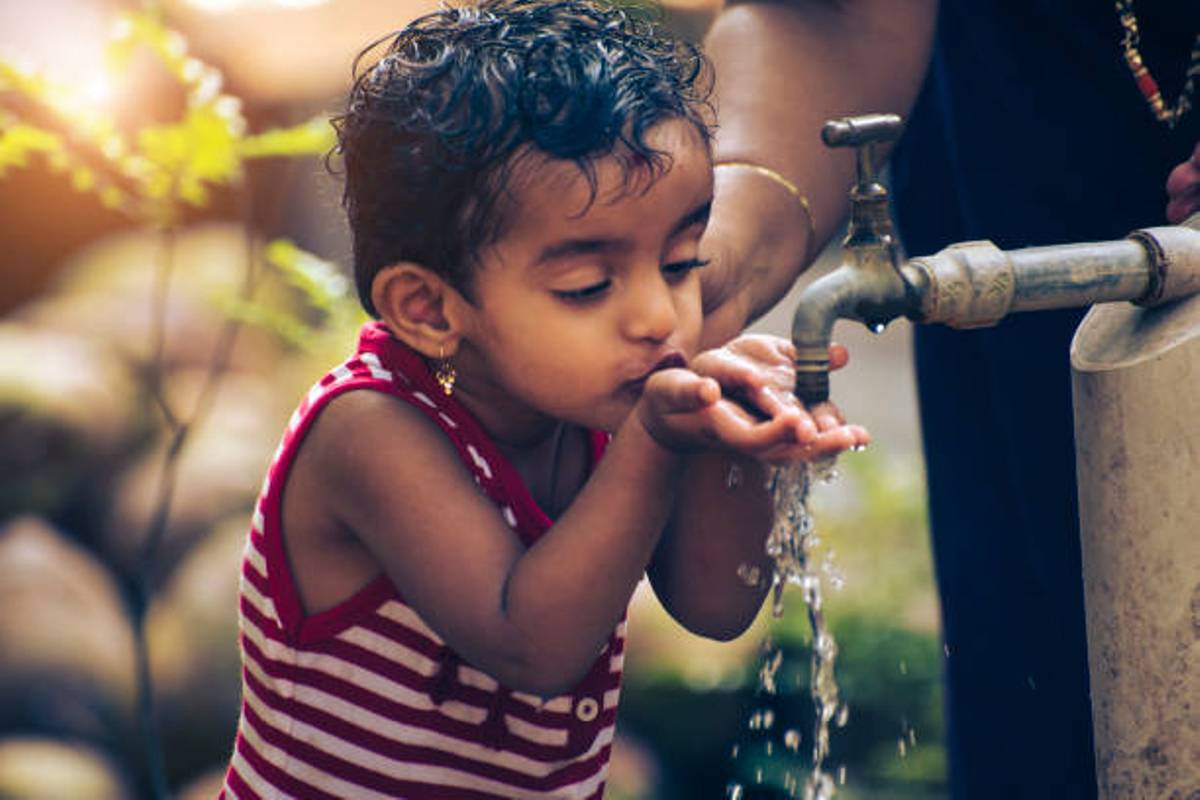
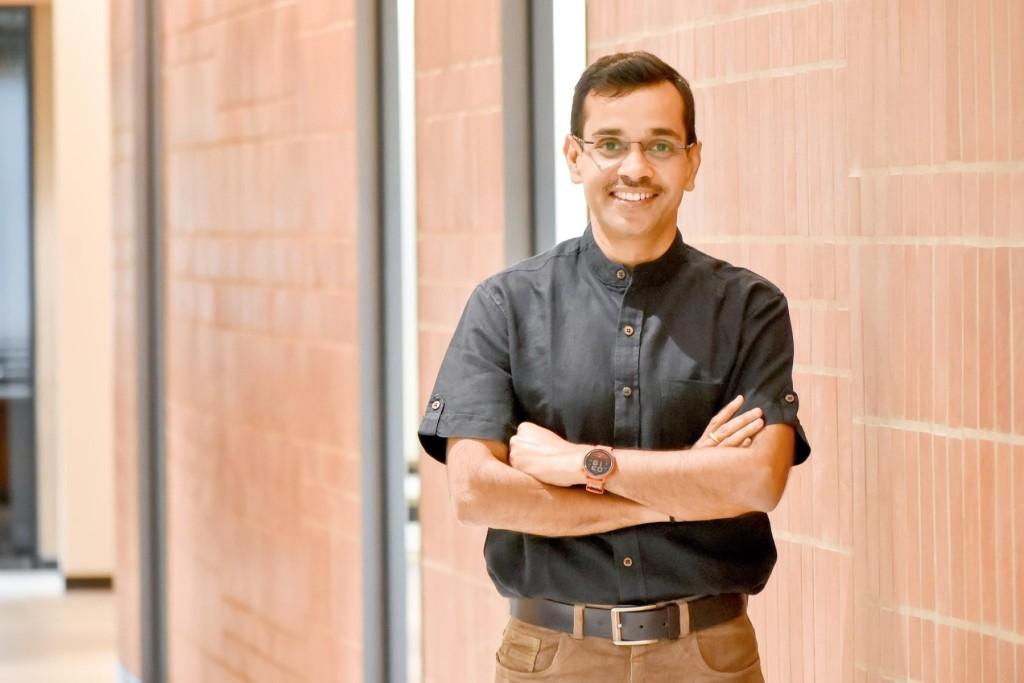

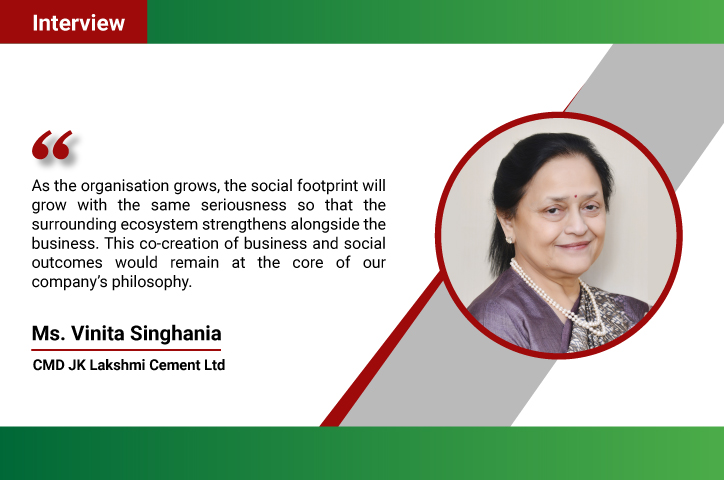
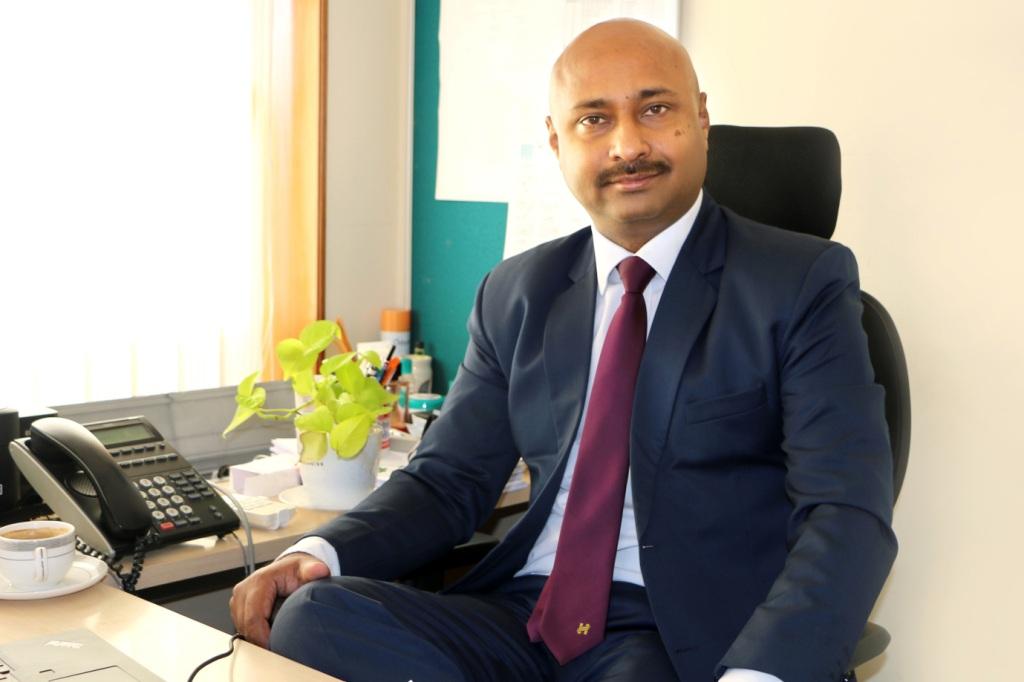

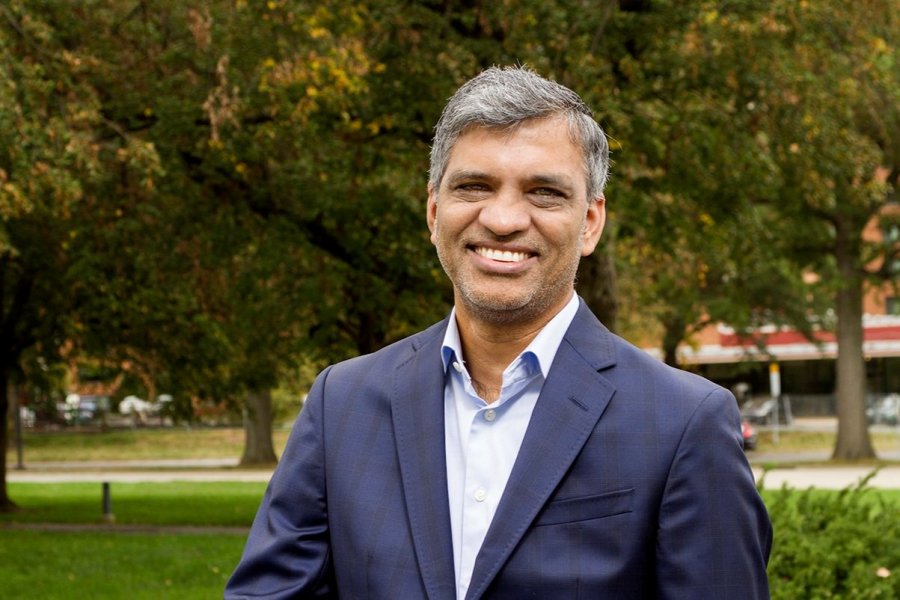


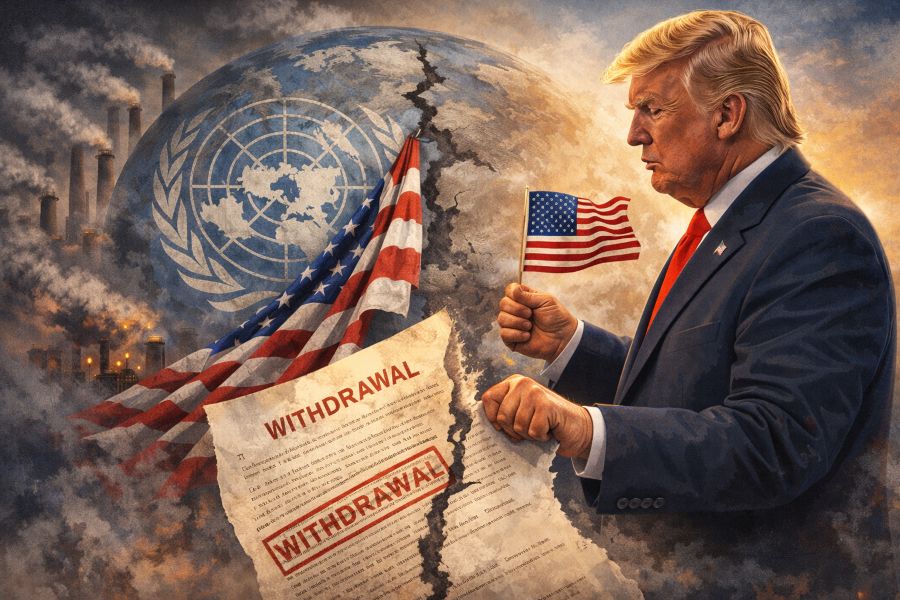
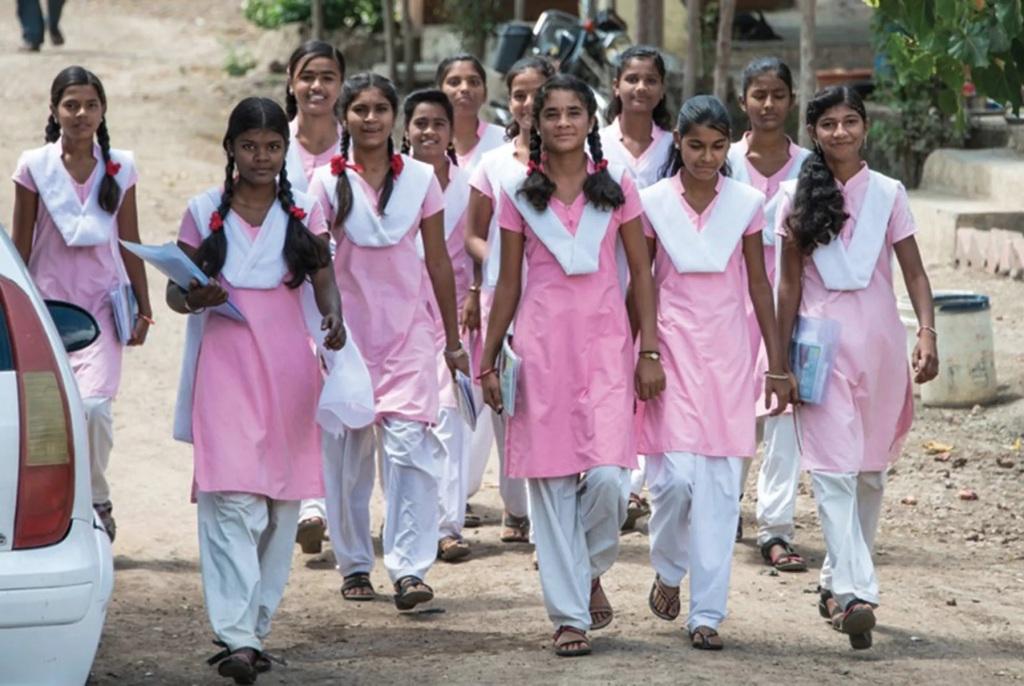

.jpg)




